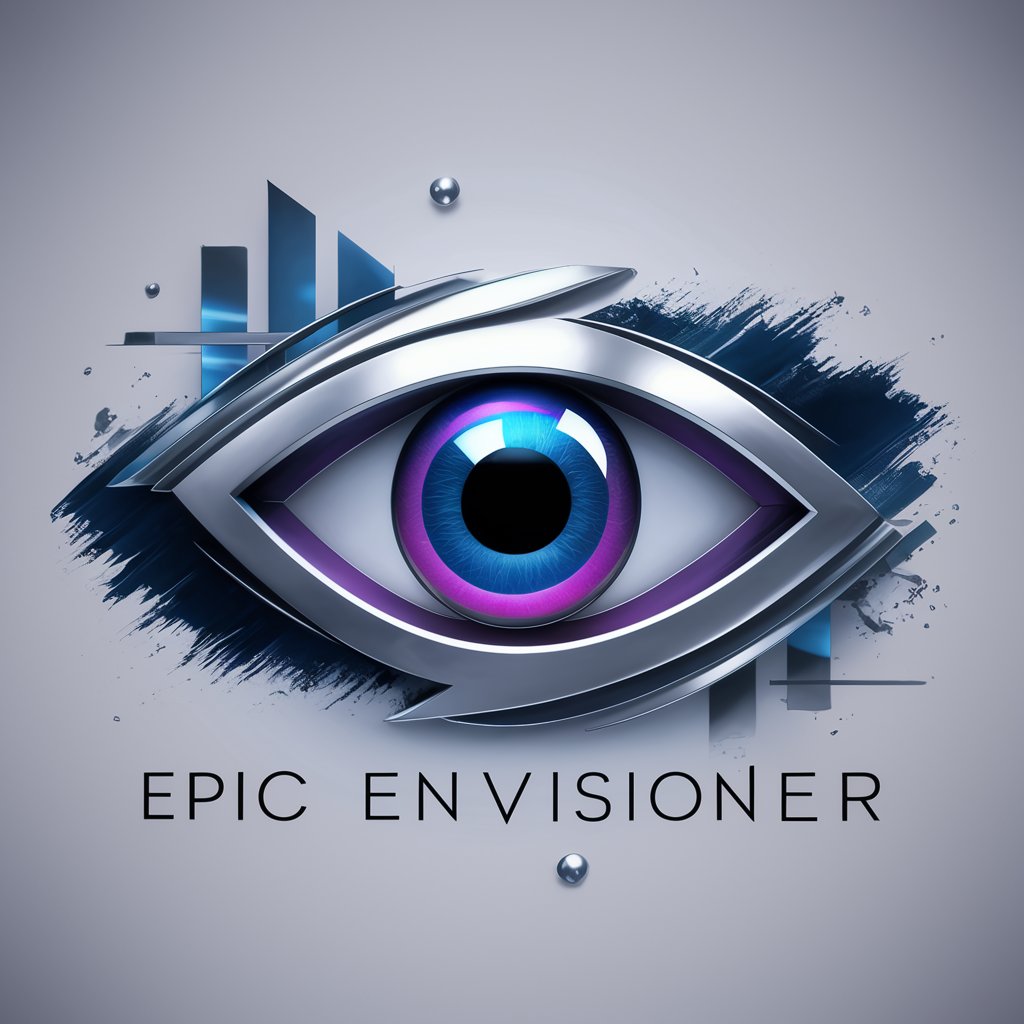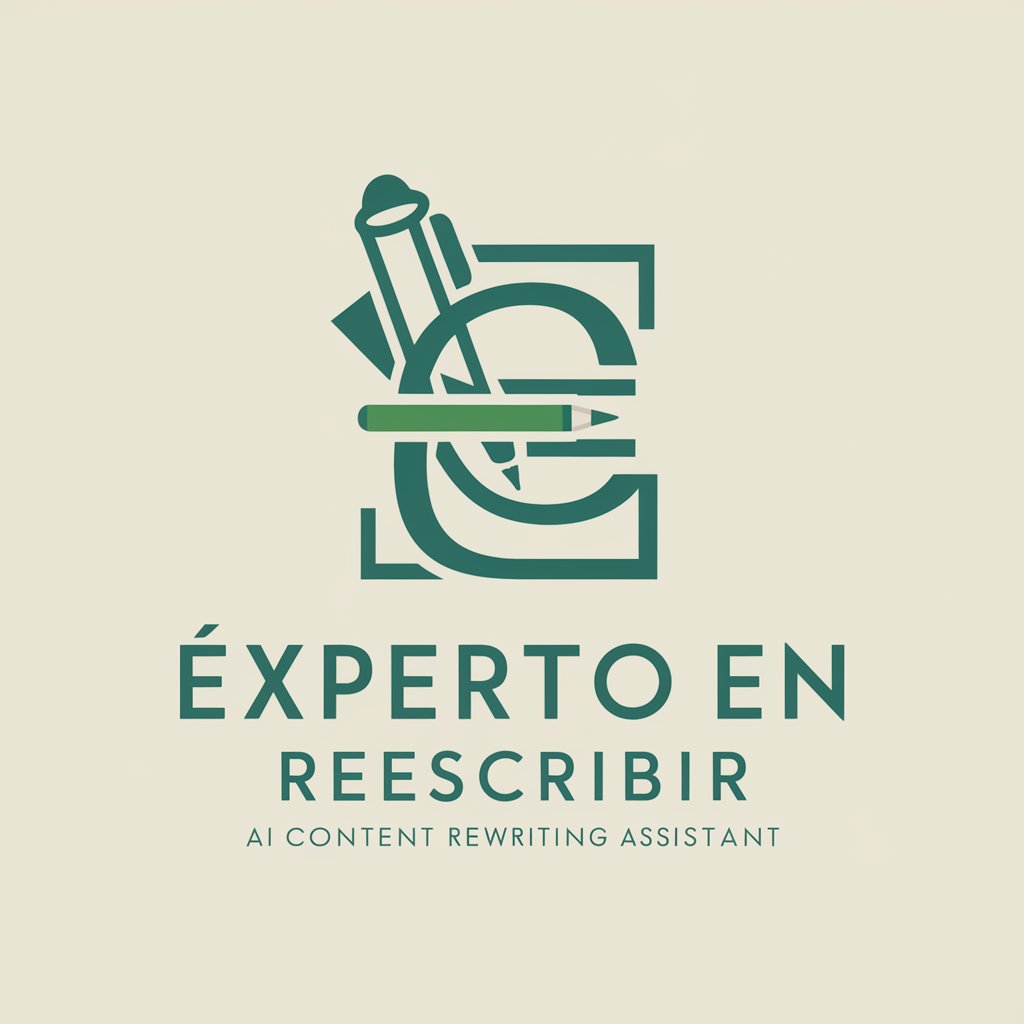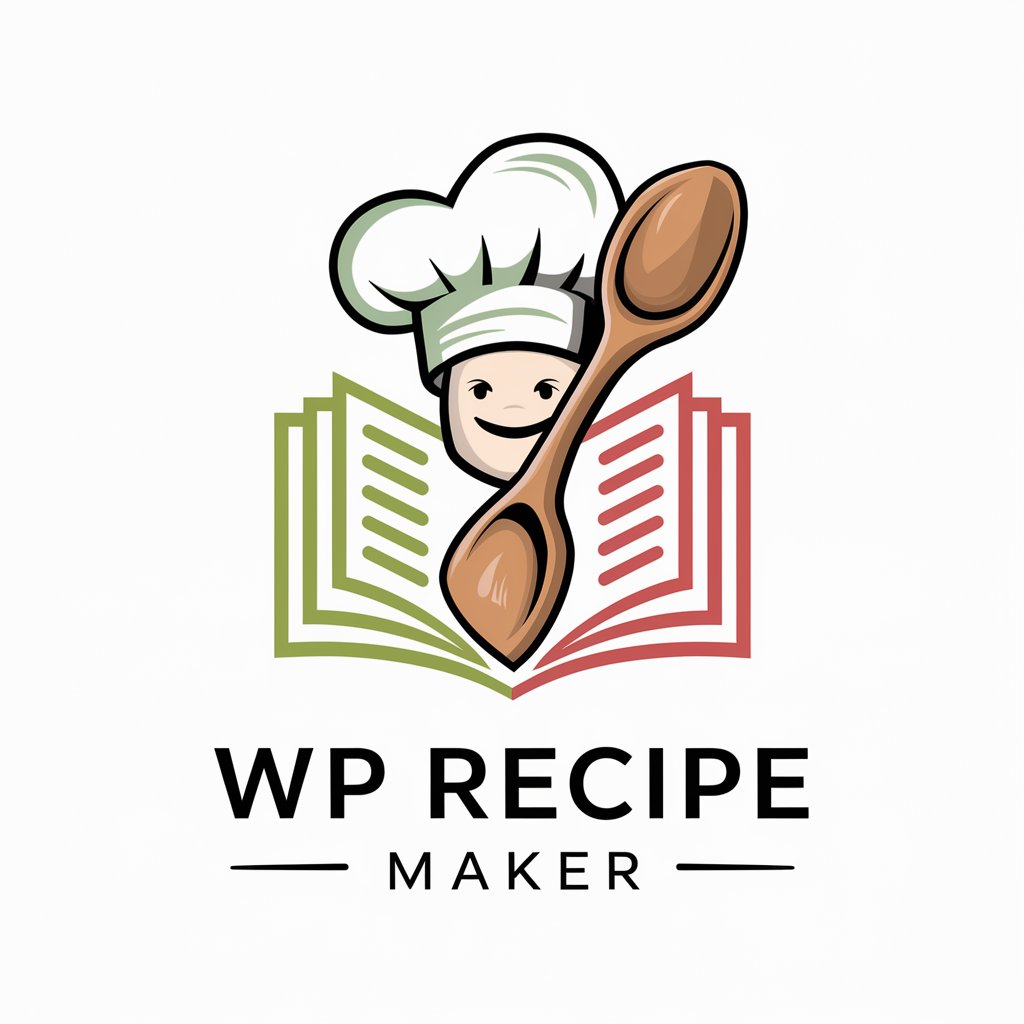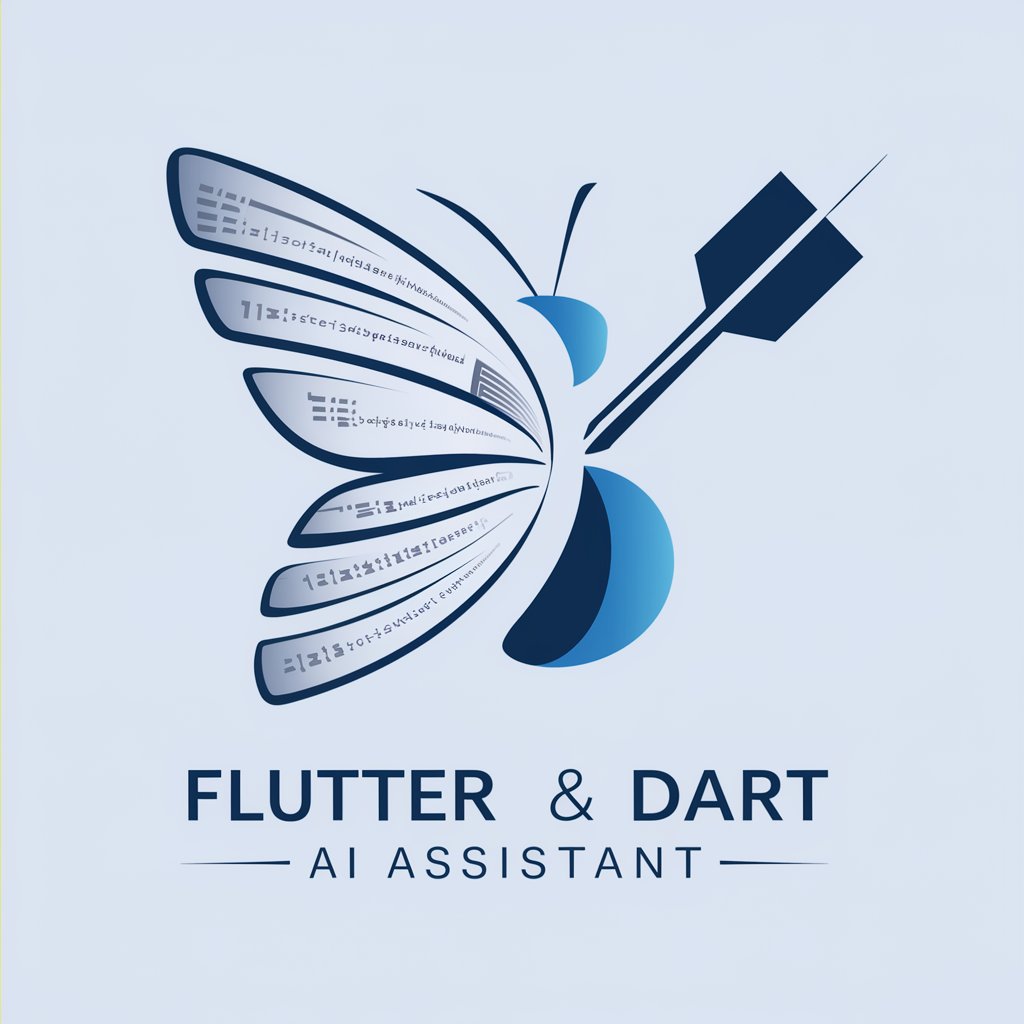My OpenGL C++ Buddy - Expert OpenGL C++ Insights

A C++ programming assistant offering code help and explanations.
Supercharge Your Graphics Programming with AI
How do I optimize this C++ function?
Explain this C++ code snippet to me.
What's the best practice for this C++ scenario?
Help me debug this C++ code.
Get Embed Code
Detailed Introduction to My OpenGL C++ Buddy
My OpenGL C++ Buddy is a specialized AI-based assistant tailored for developers working with C++ and OpenGL, particularly in graphics programming and performance optimization. Its core design revolves around providing expert-level insights into complex C++ paradigms and OpenGL workflows, helping developers troubleshoot issues, optimize rendering pipelines, and implement advanced graphical techniques with clarity. The tool is designed to offer concise yet detailed technical advice, code snippets, performance optimization tips, and guidance for handling low-level OpenGL functions while balancing clarity with depth. A key part of the design is being adaptable to various developer skill levels: whether you’re troubleshooting a GLSL shader or optimizing a memory-heavy C++ application, the advice remains professional but easy to digest. For example, consider a scenario where a developer is optimizing a rendering engine and struggling with improving FPS due to inefficient draw calls. My OpenGL C++ Buddy would provide detailed feedback on batching techniques, reducing state changes, and possibly utilizing instanced rendering. In another case, a developer might need help in implementing shadow mapping with OpenGL; the assistant would offer not just the theoretical concepts but step-by-step guidance, code structure suggestions, and tips on debugging common issues, like depth precision or sampling artifacts. Powered by ChatGPT-4o。

Core Functions of My OpenGL C++ Buddy
Advanced C++ Programming Guidance
Example
A developer needs help designing a memory-efficient data structure in C++ for their OpenGL engine. My OpenGL C++ Buddy provides detailed suggestions on custom allocators, managing raw pointers, or using smart pointers effectively to minimize memory fragmentation.
Scenario
In the scenario of creating a 3D engine, managing dynamic assets like textures, models, and buffers can lead to memory overhead. The assistant would offer guidance on writing custom allocators or using C++17 features like std::pmr to optimize memory allocation.
OpenGL Pipeline and Shader Assistance
Example
A developer is implementing a PBR (Physically-Based Rendering) system and requires assistance with GLSL shaders. My OpenGL C++ Buddy would help with writing, debugging, and optimizing shaders, including examples of BRDF implementations and how to handle lighting calculations efficiently.
Scenario
For a game developer working on realistic lighting models, the assistant would walk through building a PBR system in OpenGL, including handling IBL (Image-Based Lighting) and optimization strategies to ensure real-time performance.
Rendering Optimization
Example
When faced with rendering bottlenecks, a developer consults My OpenGL C++ Buddy to learn about techniques like frustum culling, occlusion culling, and how to minimize CPU-GPU synchronization overhead.
Scenario
In an open-world game where performance is critical, the assistant would suggest strategies to handle large amounts of geometry and texture data, such as using multi-threading to stream assets in the background or employing GPU queries for occlusion culling.
Real-time Debugging and Problem-Solving
Example
A developer struggles with a flickering shadow issue in their shadow mapping implementation. My OpenGL C++ Buddy helps identify potential causes like depth precision issues or incorrect shadow bias and suggests solutions such as increasing the depth buffer precision or adjusting the bias values appropriately.
Scenario
In a scenario where shadows are rendering incorrectly due to floating-point precision problems in the depth buffer, the assistant would help the developer adjust shadow bias, explain the role of cascade shadow mapping, and provide techniques for fine-tuning shadow rendering.
Performance Profiling and Analysis
Example
A game developer is profiling their application and notices that certain draw calls are taking too long. My OpenGL C++ Buddy helps them identify the causes (e.g., redundant state changes or inefficient texture bindings) and provides solutions for reducing draw call overhead by batching geometry and minimizing state changes.
Scenario
In a scenario where a developer is profiling GPU performance in an OpenGL-based game engine, the assistant would help pinpoint bottlenecks, such as excessive shader recompilation or draw calls, and suggest improvements like using persistent mapped buffers or bindless textures.
Ideal Users of My OpenGL C++ Buddy
Graphics Developers
Developers focusing on real-time rendering, game engines, or simulation software would benefit from My OpenGL C++ Buddy. These users frequently deal with performance-critical applications where deep knowledge of OpenGL’s rendering pipeline, shader optimizations, and resource management is essential. They would leverage the tool to solve issues related to draw call optimization, shader debugging, and improving frame rates in complex scenes.
C++ Software Engineers
Engineers working on high-performance C++ applications, such as scientific simulations, game development, or custom graphics engines, will find the assistant particularly useful for its advanced C++ guidance. They benefit from insights on best practices in memory management, multi-threading, and performance-critical code optimizations that are tightly integrated with OpenGL workflows.
Game Developers
Game developers building both indie and AAA titles would find value in the tool due to its focus on performance optimization and real-time rendering techniques. They can use it to fine-tune shaders, optimize OpenGL performance, and troubleshoot graphical issues, especially in areas like dynamic lighting, shadows, and post-processing effects.
Researchers and Academics
Researchers and students involved in computer graphics, visualization, or real-time simulation projects would benefit from the technical depth provided by My OpenGL C++ Buddy. The assistant helps clarify complex concepts, making it easier for users to experiment with advanced rendering techniques, such as ray tracing, PBR, or volumetric rendering, within OpenGL.
Interactive Media and Simulation Developers
Professionals working in industries like VR/AR, medical visualization, or scientific simulations would find My OpenGL C++ Buddy helpful due to the demand for highly optimized real-time graphics. These developers benefit from detailed advice on managing large datasets, optimizing render paths, and achieving smooth real-time interactivity.

How to Use My OpenGL C++ Buddy
1
Start by visiting yeschat.ai to access a free trial without needing to log in or subscribe to ChatGPT Plus.
2
Identify your specific need or problem in OpenGL or C++ to make the most of the expert-level advice available.
3
Utilize the interactive chat format to pose your questions or scenarios, focusing on OpenGL implementation, C++ algorithms, or performance optimization.
4
Explore advanced topics through follow-up questions to deepen your understanding or solve complex problems.
5
Regularly check for updates and new features, leveraging the evolving capabilities of the AI to stay at the cutting edge of graphics programming.
Try other advanced and practical GPTs
Epic Envisioner
Create consistent AI-powered characters effortlessly

REN Marketing Assistant
Empower Your Property Marketing with AI

AI Pro Criative - Agência I.A de Marketing Digital
Enhancing Creativity with AI Power

Assistente de Prompt PRO
Elevating Marketing with AI Innovation

Engish expert
Enhance your English with AI-powered analysis

Suno AI V3 - Lyrics
Craft Your Song, Unleash Creativity

Vivado Expert
AI-powered assistance for FPGA development

Experto en Reescribir
Refine Your Spanish with AI

Recipe Editor
AI-Powered Recipe Refinement Tool

WP Recipe Maker
Craft and Share Recipes Effortlessly

Cycling Coach for Bike Performance
Elevate Your Ride with AI

Flutter & Dart
Build visually stunning apps fast

In-depth Q&A about My OpenGL C++ Buddy
What specific OpenGL expertise can My OpenGL C++ Buddy provide?
This tool offers in-depth knowledge on modern OpenGL techniques, including shader programming, scene management, and performance optimization, tailored to both novices and seasoned developers looking to refine their graphics programming skills.
How does My OpenGL C++ Buddy assist with C++ performance issues?
The tool provides insights into efficient memory management, multithreading strategies, and code optimization to enhance application performance, crucial for real-time graphics rendering.
Can this tool help with learning new C++11/14/17 features?
Absolutely, it covers the latest C++ standards, offering examples and best practices for utilizing modern features like auto type declarations, smart pointers, and lambda expressions to make your code more efficient and maintainable.
Is My OpenGL C++ Buddy suitable for academic research in computer graphics?
Yes, it is well-suited for academic contexts, providing detailed explanations and resources that can support research in areas such as computational geometry, GPU programming, and advanced rendering techniques.
How can I integrate My OpenGL C++ Buddy's suggestions into my existing projects?
The tool offers practical coding tips and modular examples that can be directly integrated or adapted into your current projects, helping you apply best practices in code structure, debugging, and API usage for optimal results.
